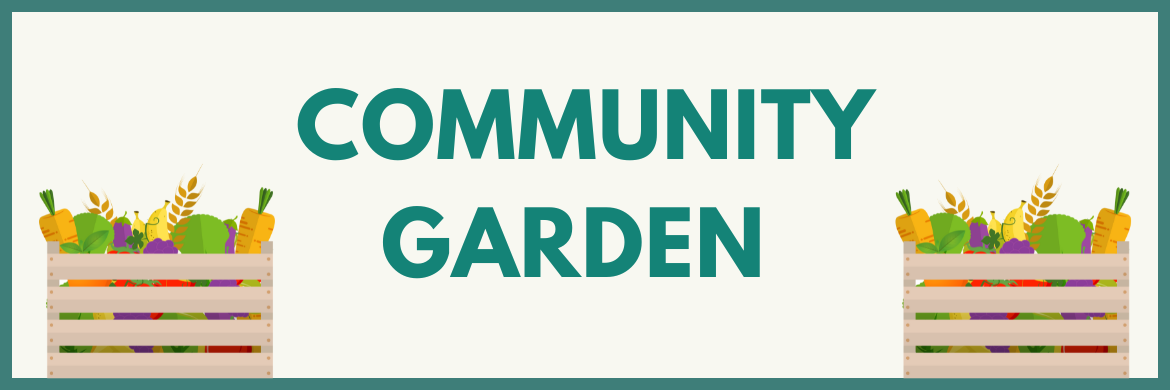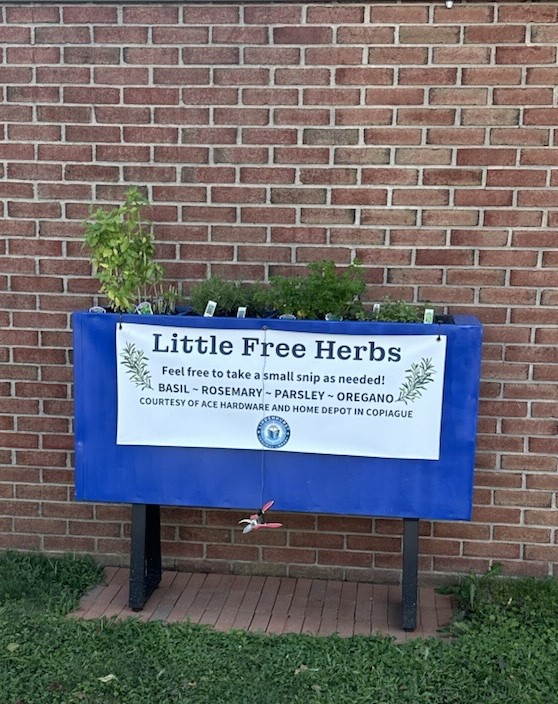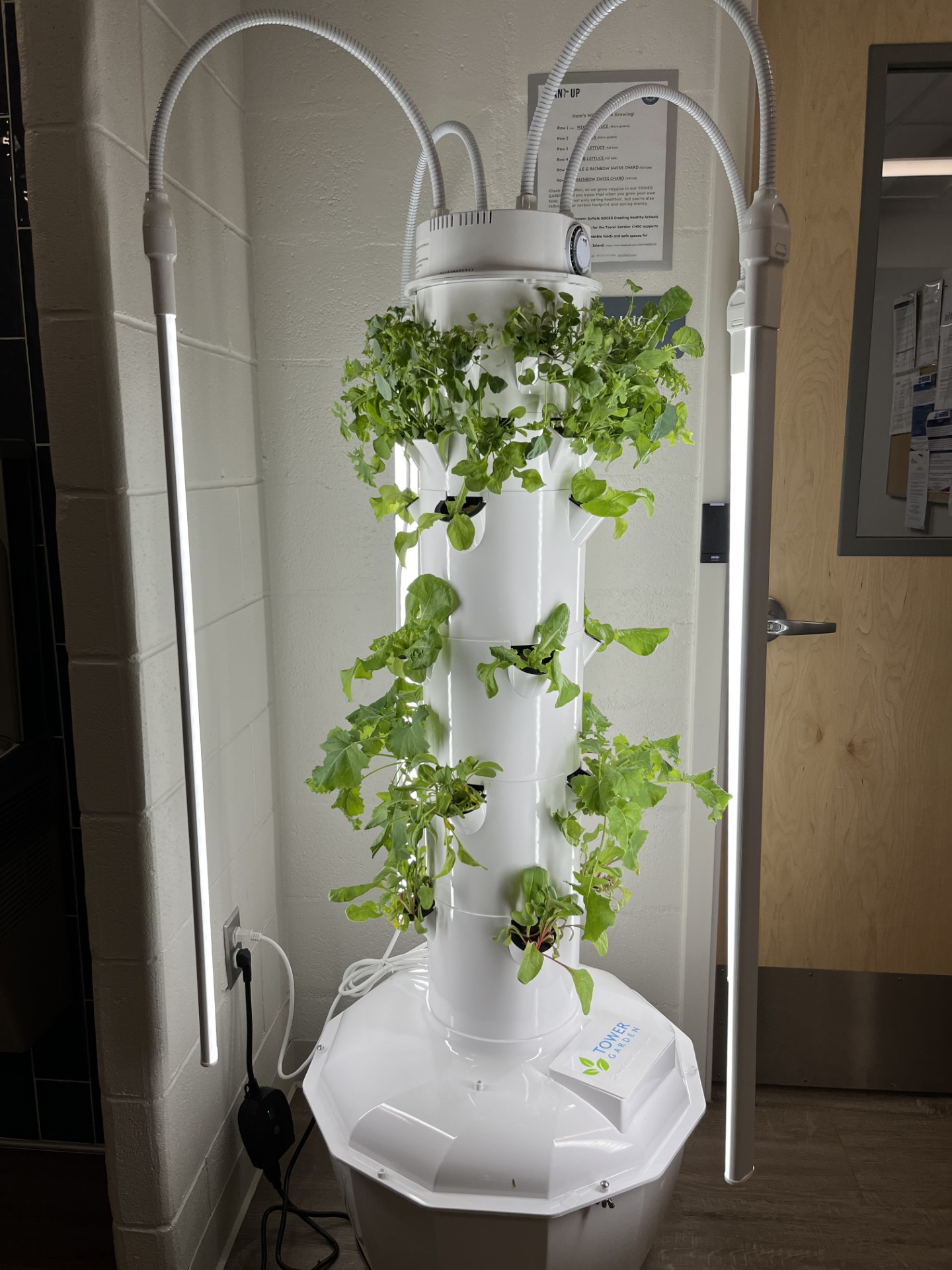Sustainability Collection
-
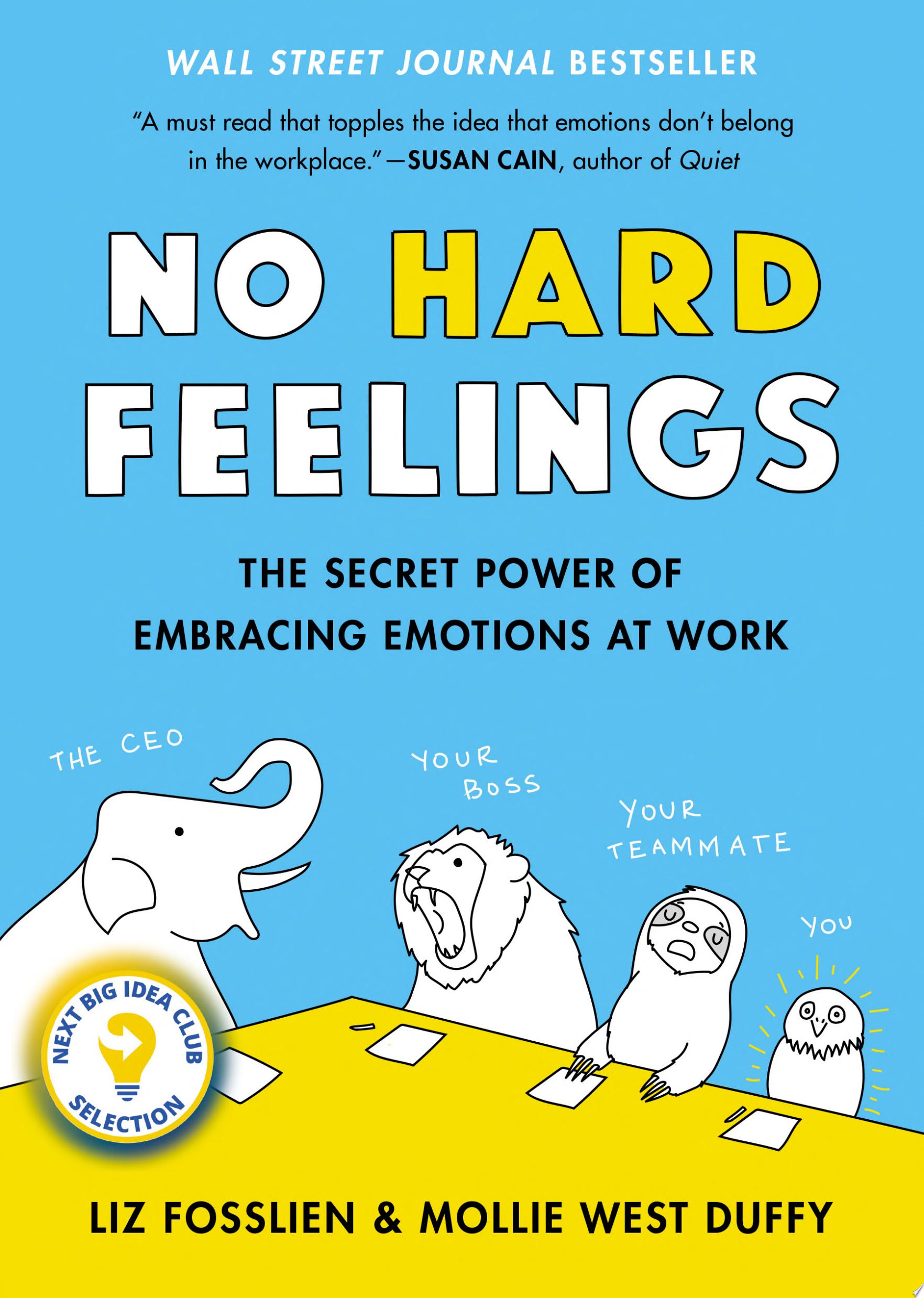
No Hard Feelings
Wall Street Journal Bestseller!
Next Big Idea Club selection―chosen by Malcolm Gladwell, Susan Cain, Dan Pink, and Adam Grant as one of the "two most groundbreaking new nonfiction reads of the season!"
"A must-read that topples the idea that emotions don't belong in the workplace."
--Susan Cain, author of Quiet
A hilarious guide to effectively expressing your emotions at the office, finding fulfillment, and defining work-life balance on your own terms.
How do you stop the office grouch from ruining your day? How do you enjoy a vacation without obsessing about the unanswered emails in your inbox? If you're a boss, what should you do when your new, eager hire wants to follow you on Instagram?
The modern workplace can be an emotional minefield, filled with confusing power structures and unwritten rules. We're expected to be authentic, but not too authentic. Professional, but not stiff. Friendly, but not an oversharer. Easier said than done!
As both organizational consultants and regular people, we know what it's like to experience uncomfortable emotions at work - everything from mild jealousy and insecurity to panic and rage. Ignoring or suppressing what you feel hurts your health and productivity -- but so does letting your emotions run wild.
Our goal in this book is to teach you how to figure out which emotions to toss, which to keep to yourself, and which to express in order to be both happier and more effective. We'll share some surprising new strategies, such as:
* Be selectively vulnerable: Be honest about how you feel, but don't burden others with your deepest problems.
* Remember that your feelings aren't facts: What we say isn't always what we mean. In times of conflict and miscommunication, try to talk about your emotions without getting emotional.
* Be less passionate about your job: Taking a chill pill can actually make you healthier and more focused.
Drawing on what we've learned from behavioral economics, psychology, and our own experiences at countless organizations, we'll show you how to bring your best self (and your whole self) to work every day. -
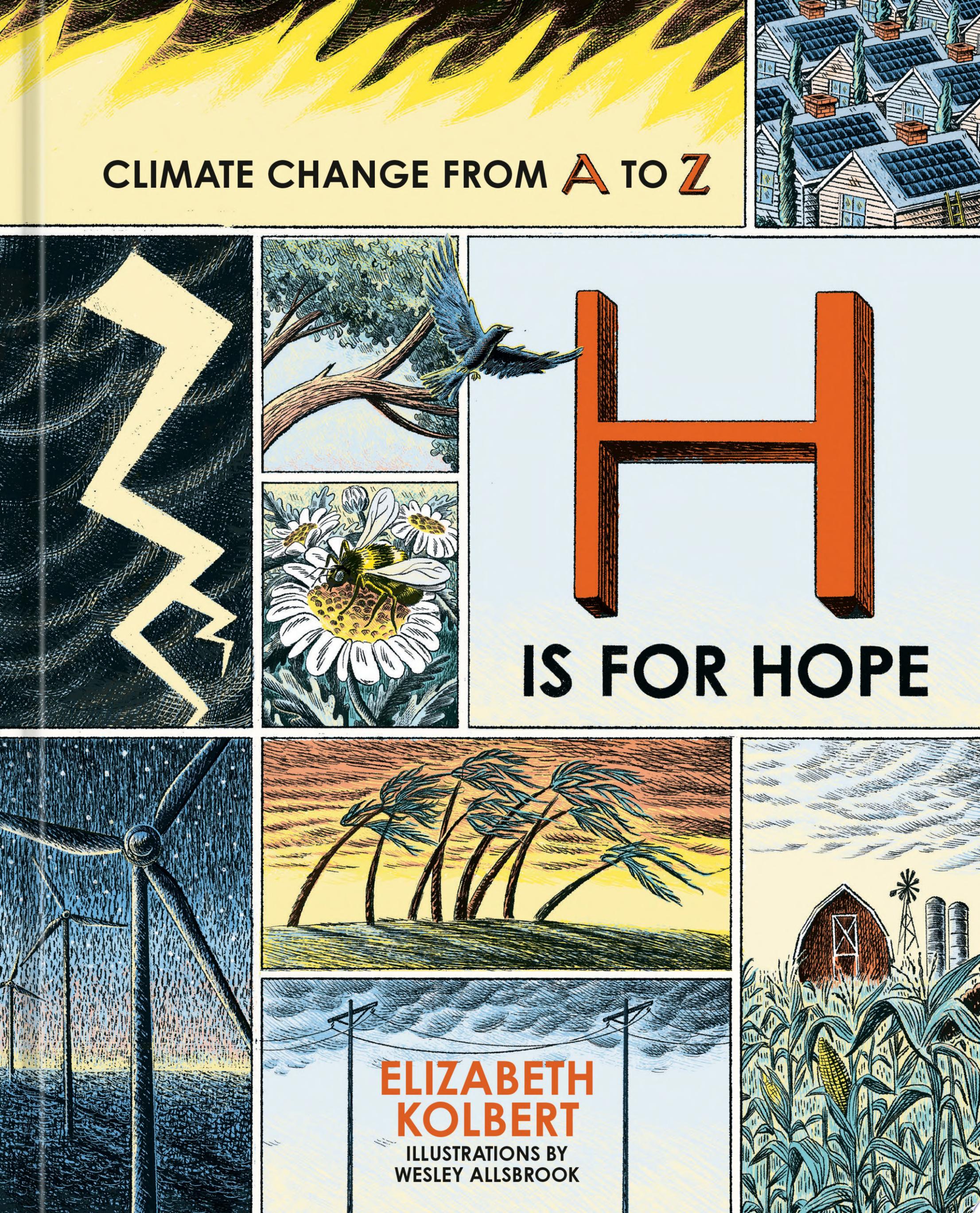
H Is for Hope
In twenty-six essays—one for each letter of the alphabet—the Pulitzer Prize-winning author of The Sixth Extinction takes us on a hauntingly illustrated journey through the history of climate change and the uncertainties of our future.
Climate change resists narrative—and yet some account of what’s happening is needed. Millions of lives are at stake, and upward of a million species. And there are decisions to be made, even though it’s unclear who, exactly, will make them.
In H Is for Hope, Elizabeth Kolbert investigates the landscape of climate change—from “A”, for Svante Arrhenius, who created the world’s first climate model in 1894, to “Z”, for the Colorado River Basin, ground zero for climate change in the United States. Along the way she looks at Greta Thunburg’s “blah blah blah” speech (“B”), learns to fly an all-electric plane (“E”), experiments with the effects of extreme temperatures on the human body (“T”), and struggles with the deep uncertainty of the future of climate change (“U”).
Adapted from essays originally published in The New Yorker and beautifully illustrated by Wesley Allsbrook, H Is for Hope is simultaneously inspiring, alarming, and darkly humorous—a unique examination of our changing world. -
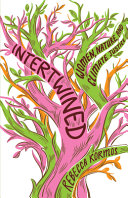
Intertwined
A powerful argument that greater inclusion of women in conservation and climate science is key to the future of the planet
Women are disproportionately impacted by climate change--floods, droughts, and extreme temperatures overwhelmingly affect women in the short and long term. In some cases, women make up almost 90 percent of casualties during dangerous climate events, and the majority of those displaced in the aftermath are women. Despite this disparity, women are underrepresented at every level of decision-making about the future of our planet: only 24 percent of CEOs in nonprofit conservation and around one-third of the representatives in national and global climate negotiating bodies have been women.
In Intertwined, writer and wildlife biologist Rebecca Kormos elevates the voices of women working to prevent the climate crisis, weaving together their stories to make a powerful case for why women are essential to changing our current trajectory toward catastrophic global warming and environmental degradation. Kormos argues that empowering women is one of the most important solutions to climate change and biodiversity loss: women's leadership and equal representation is linked to lower CO2 emissions, better forest management, better land protection, less land grabbing, and fewer conflicts over resources.
For readers of All We Can Save and Braiding Sweetgrass, Kormos joins the ranks of recent breakthrough efforts to showcase women's voices in the movement to combat climate change. Kormos takes this endeavor one step further with a global, intersectional narrative of how women and gender nonconforming individuals are doing the crucial work at the local and national levels to reframe how we think about environmental activism. Ultimately, Intertwined proves that climate justice is inextricable from gender equality.
-
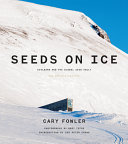
Seeds on Ice: Svalbard and the Global Seed Vault
The remarkable story of the Global Seed Vault--and the valiant effort to save the past and the future of agriculture: Now updated with a new chapter by the author and photos from recent improvements in the facilities.
Author Cary Fowler, father of the Global Seed Vault, was named a 2024 World Food Prize Laureate.
Closer to the North Pole than to the Arctic Circle, on an island in a remote Norwegian archipelago, lies a vast global seed bank buried within a frozen mountain. At the end of a 130-meter long tunnel chiseled out of solid stone is a room filled with humanity's precious treasure, the largest and most diverse seed collection ever assembled: more than a half billion seeds containing the world's most prized crops, a safeguard against catastrophic starvation.
The Global Seed Vault, a visionary model of international collaboration, is the brainchild of Cary Fowler, renowned scientist, conservationist, and biodiversity advocate. In SEEDS ON ICE, Fowler tells for the first time the comprehensive inside story of how the "doomsday seed vault" came to be, while the breathtaking photographs offer a stunning guided tour not only of the private vault, but of the windswept beauty and majesty of Svalbard and the enchanting community of people in Longyearbyen.
With growing evidence that unchecked climate change will seriously undermine food production and threaten the diversity of crops around the world, SEEDS ON ICE offers a personal and passionate reminder that we shouldn't take our reliance on the world of plants for granted--and that, in a very real sense, the future of the human race rides on this frozen and indispensable biodiversity. -
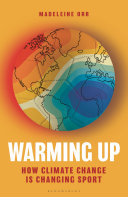
Warming Up
Longlisted for the William Hill Sports Book of the Year 2024
“Couldn't be a bolder, more forthright SOS for sport” The Observer
The world of sport has a new opponent: climate change.
In recent years, a world championship marathon was held at midnight to avoid the blistering sun. Professional athletes needed oxygen tanks to play during wildfire season in California. Players collapsed and play was suspended amid the heat and bushfire smoke at the Australian Tennis open. Ski resorts in the Alps have turned into ghost towns. Golf courses are sinking into the sea. And then there's the Qatar World Cup, among the greatest follies in sporting history, one that saw hundreds (perhaps thousands) of heat-induced deaths before a ball was even kicked.
The threat climate change poses to sport is clear, but with billions of participants and fans around the world who rely on the sector for entertainment, jobs, fitness and health, this is one industry we can't afford to lose. In this book, Madeleine Orr shows it doesn't have to be this way. There are ways to mitigate, and perhaps counter, even the worst elements of climate change.
A world-leading sport ecologist, Madeleine interviews athletes, coaches, politicians and thought-leaders to learn more about the inevitable consequences for this trillion-dollar industry. From the frontlines of climate change, Warming Up takes readers through a play-by-play of how global warming is already impacting sport, and how the sports world can fight back. -
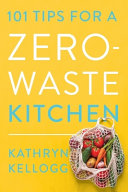
101 Tips for a Zero-Waste Kitchen
Kathryn Kellogg is taking her accessible tips for a zero-waste lifestyle and focusing on the heart of the house. Our kitchens can produce a shocking amount of waste and, even though food scraps may seem harmless, they can't properly decompose in a landfill. What's more: wasting food can strain your wallet. The average American family of four will lose $1,500 annually on food waste. It's time to turn things around!
101 Tips for a Zero Waste Kitchen is your guide to reducing waste in your kitchen. Kathryn will teach you how to buy in bulk, avoid unnecessary packaging, upcycle jars, and more. Plus, she'll give you recipes that make use of your scraps: preserve your lemon peels for extra flavor, create simple syrup from strawberry tops, and revive shriveled mushrooms. With a little work and Kathryn in your corner, you'll have the tools you need to reach the ultimate goal: no produce left behind!
-
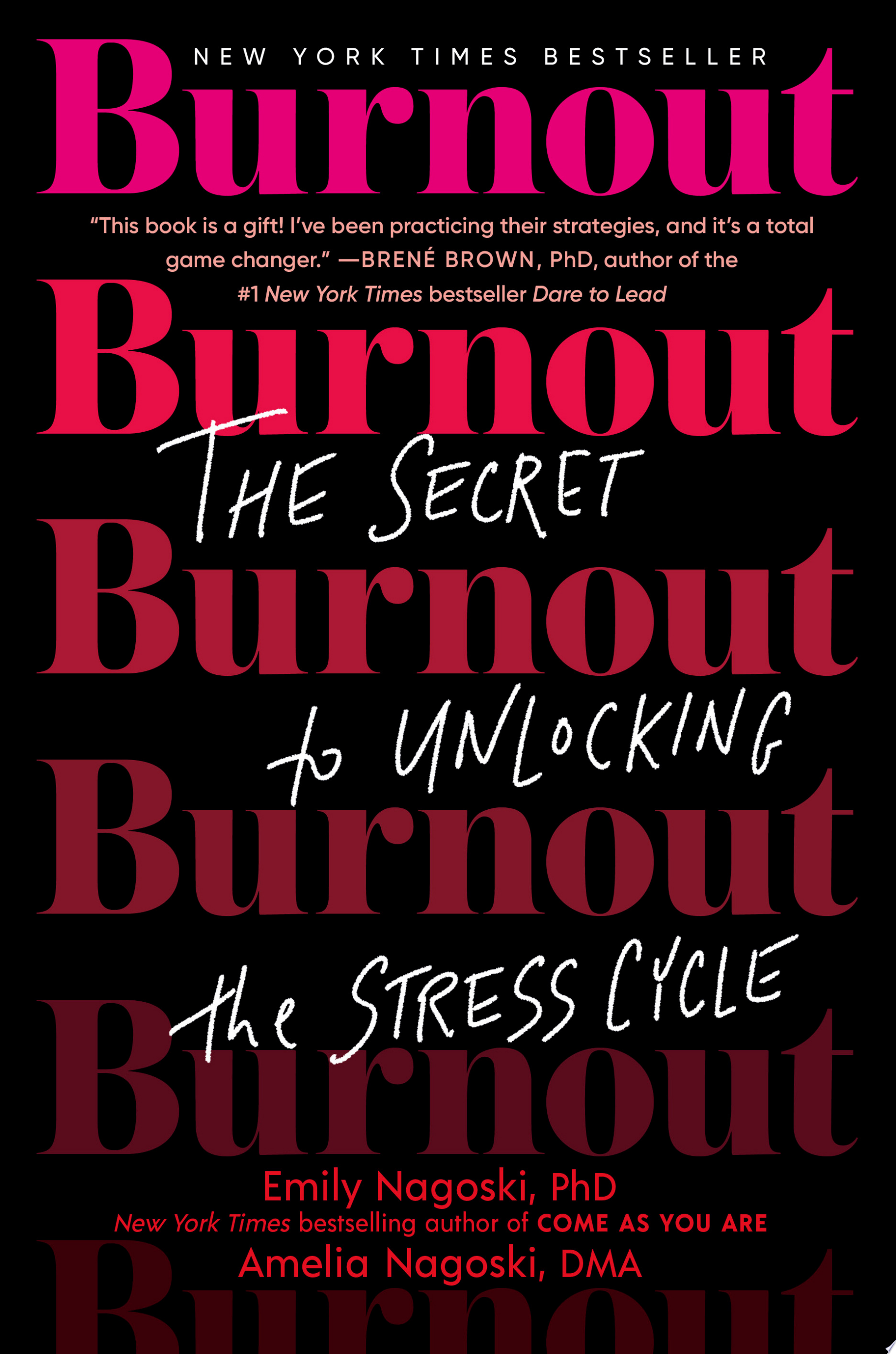
Burnout
NEW YORK TIMES BESTSELLER • “This book is a gift! I’ve been practicing their strategies, and it’s a total game changer.”—Brené Brown, PhD, author of Dare to Lead
“A primer on how to stop letting the world dictate how you live and what we think of ourselves, Burnout is essential reading [and] . . . excels in its intersectionality.”—Bustle
This groundbreaking book explains why women experience burnout differently than men—and provides a roadmap to minimizing stress, managing emotions, and living more joyfully.
Burnout. You, like most American women, have probably experienced it. What’s expected of women and what it’s really like to exist as a woman in today’s world are two different things—and we exhaust ourselves trying to close the gap. Sisters Emily Nagoski, PhD, and Amelia Nagoski, DMA, are here to help end the all-too-familiar cycle of feeling overwhelmed and exhausted. They compassionately explain the obstacles and societal pressures we face—and how we can fight back.
You’ll learn
• what you can do to complete the biological stress cycle
• how to manage the “monitor” in your brain that regulates the emotion of frustration
• how the Bikini Industrial Complex makes it difficult for women to love their bodies—and how to defend yourself against it
• why rest, human connection, and befriending your inner critic are keys to recovering from and preventing burnout
With the help of eye-opening science, prescriptive advice, and helpful worksheets and exercises, all women will find something transformative in Burnout—and will be empowered to create positive change.
A BOOKRIOT BEST BOOK OF THE YEAR -
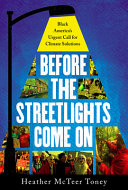
Before the Streetlights Come On
Climate change. Two words that are quickly becoming the clarion call to action in the twenty-first century. It is a voter issue, an economy driver, and a defining dynamic for the foreseeable future. Yet, in Black communities, climate change is seen as less urgent when compared to other pressing issues, including police brutality, gun violence, job security, food insecurity, and the blatant racism faced daily around the country.
However, with Black Americans disproportionately impacted by the effects of climate change--making up 13 percent of the US population but breathing 40 percent dirtier air and being twice as likely to be hospitalized or die from climate-related health problems than white counterparts--climate change is a central issue of racial justice and affects every aspect of life for Black communities.
In Before the Streetlights Come On, climate activist Heather McTeer Toney insists that those most affected by climate change are best suited to lead the movement for climate justice. McTeer Toney brings her background in politics, community advocacy, and leadership in environmental justice to this revolutionary exploration of why and how Black Americans are uniquely qualified to lead national and global conversations around systems of racial disparity and solutions to the climate crisis. As our country delves deeper into solutions for systemic racism and past injustices, she argues, the environmental movement must shift direction and leadership toward those most affected and most affecting change: Black communities.
-
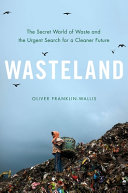
Wasteland
NAMED A BEST BOOK OF THE YEAR 2023 BY THE NEW YORKER, THE GUARDIAN, and KIRKUS REVIEWS
An award-winning investigative journalist takes a deep dive into the global waste crisis, exposing the hidden world that enables our modern economy--and finds out the dirty truth behind a simple question: what really happens to what we throw away?
In Wasteland, journalist Oliver Franklin-Wallis takes us on a shocking journey inside the waste industry--the secretive multi-billion dollar world that underpins the modern economy, quietly profiting from what we leave behind. In India, he meets the waste-pickers on the front line of the plastic crisis. In the UK, he journeys down sewers to confront our oldest--and newest--waste crisis, and comes face-to-face with nuclear waste. In Ghana, he follows the after-life of our technology and explores the global export network that results in goodwill donations clogging African landfills. From an incinerator to an Oklahoma ghost-town, Franklin-Wallis travels in search of the people and companies that really handle waste--and on the way, meets the innovators and campaigners pushing for a cleaner and less wasteful future.
With this mesmerizing, thought-provoking, and occasionally terrifying investigation, Oliver Franklin-Wallis tells a new story of humanity based on what we leave behind, and along the way, he shares a blueprint for building a healthier, more sustainable world--before we're all buried in trash.
-
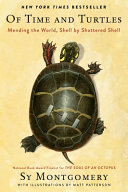
Of Time and Turtles
A NEW YORK TIMES BESTSELLER * THE PERFECT GIFT FOR NATURE LOVERS * INCLUDES ARTWORK * NATIONAL BESTSELLER * AMAZON EDITOR'S PICK and BEST BOOK OF 2023 * INDIE BESTSELLER
"Montgomery's heart-tugging conversations with teammates and her commitment to helping an octogenarian named Fire Chief reveal turtles to be perfect conduits for meditations on aging, disability and chosen family." --Scientific American
National Book Award finalist for The Soul of an Octopus and New York Times bestseller Sy Montgomery turns her journalistic curiosity to the wonder and wisdom of our long-lived cohabitants--turtles--and through their stories of hope and rescue, reveals to us astonishing new perspectives on time and healing.
When acclaimed naturalist Sy Montgomery and wildlife artist Matt Patterson arrive at Turtle Rescue League, they are greeted by hundreds of turtles recovering from injury and illness. Endangered by cars and highways, pollution and poachers, these turtles--with wounds so severe that even veterinarians would have dismissed them as fatal--are given a second chance at life. The League's founders, Natasha and Alexxia, live by one motto: Never give up on a turtle.
But why turtles? What is it about them that inspires such devotion? Ancient and unhurried, long-lived and majestic, their lineage stretches back to the time of the dinosaurs. Some live to two hundred years, or longer. Others spend months buried under cold winter water. Montgomery turns to these little understood yet endlessly surprising creatures to probe the eternal question: How can we make peace with our time?
In pursuit of the answer, Sy and Matt immerse themselves in the delicate work of protecting turtle nests, incubating eggs, rescuing sea turtles, and releasing hatchlings to their homes in the wild. We follow the snapping turtle Fire Chief on his astonishing journey as he battles against injuries incurred by a truck.
Hopeful and optimistic, Of Time and Turtles is an antidote to the instability of our frenzied world. Elegantly blending science, memoir, and philosophy, and drawing on cultures from across the globe, this compassionate portrait of injured turtles and their determined rescuers invites us all to slow down and slip into turtle time.
- Perfect gift for nature lovers.Includes a signature of photos plus stunning, photo-realistic full color paintings and black-and-white chapter opener art by wildlife artist Matt Patterson.Read more books by Sy Montgomery such as How to Be a Good Creature and The Soul of an Octopus.Don't miss The Book of Turtles for children.
Food Resources
Catholic Charities of Long Island

With more than 50 sites, the Catholic Charities of Long Island assist Long Islanders at every stage of life everything from food assistance, housing, veteran services and more.
Long Island Cares

Long Island Cares partners with a number of food pantries and soup kitchens across Suffolk and Nassau Counties to help those in need.
10 Davids Drive (Harry Chapin Way)
Hauppauge, NY 11788-2039
United States
Pronto Long Island

Pronto's mission is to feed, clothe and welcome people, providing healing and hope to everyone who walks through the door.
128 Pine Aire Drive
Bay Shore, NY 11706
United States
Rainbow Center

USDA Food Service Locator

Through USDA's summer meal programs, approved sites in communities can serve meals to kids up to age 18 at no cost.
